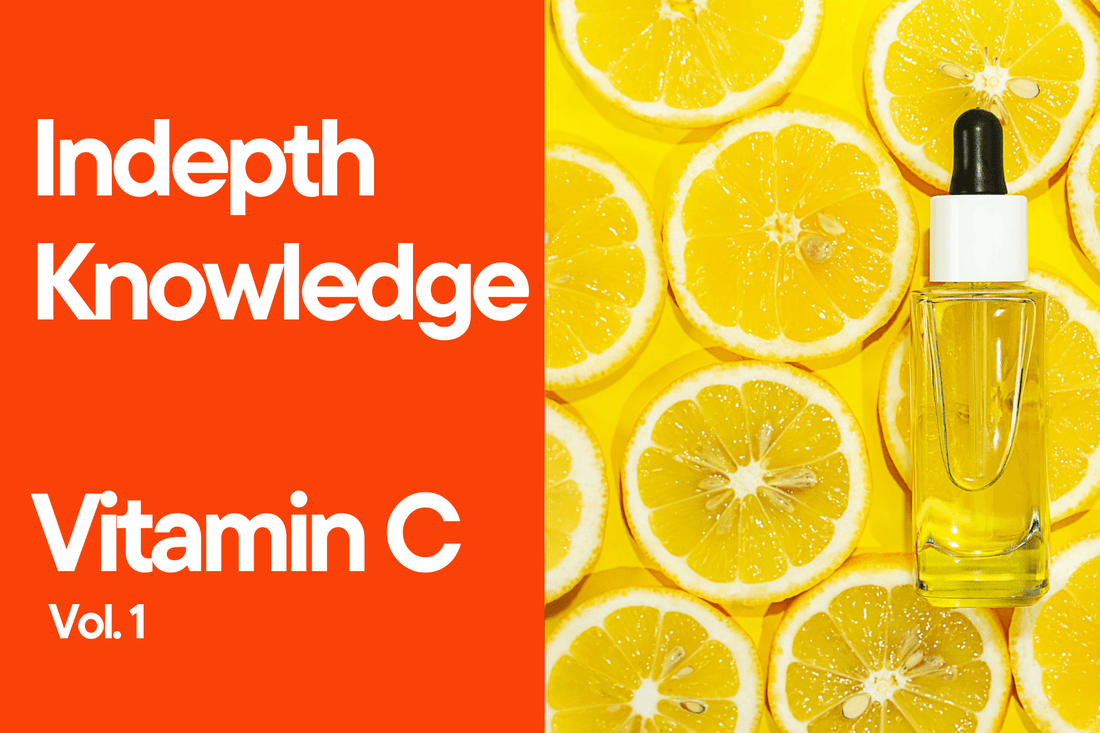As a seller, we can't deny our strong desire to describe any cosmetic ingredient as an elixir that makes you Cleopatra right away😀. But at least for the “in-depth knowledge” series in our blog posting, we forget our identity as a seller and want to become a sensible knowledge provider for a better world.
Because the article is based on scientific research rather than marketing flyers, you may feel bored or struggle a little bit. But we are sure once you go through it, knowledge-wise you will be way better than most online cosmetic gurus. Let’s start.🎬
Our body has a mechanism that protects itself from various external harmful substances. Various internal and external substances damage our bodies such as UV rays☀️, air pollutants (fine dust), smoking🚬, food, disease, inflammation, and change in DNA🧬. The oxidation reaction occurs when our body is damaged by such internal or external substances. When the oxidative reactions continue and accumulate leads to inflammation and even cancer.

When vitamin C🍊 enters our body, it provides various effects, and the “anti-oxidative reaction” is one of the representative effects of vitamin C. Anti-oxidative reaction prevents our body from oxidation and helps our body in returning to normal condition. Ingredients such as Vitamin E, coenzyme Q10, and glutathione also provide an antioxidant effect. Vitamin C is widely used in cosmetics as an anti-oxidant.

In the past, researchers thought that human beings could obtain an antioxidant effect only by eating vitamin C. They didn’t know applying vitamin C to the skin would be effective. Then the researchers found out that applying vitamin C smoothed out skin, made skin brighter, and provides anti-wrinkle effects. As a result, there have been numerous researches on the application of vitamin C on the skin. Vitamin C has an excellent skin whitening effect and other various effects. The Korean FDA announced Vitamin C as the raw material for skin whitening

The structure of the skin's outmost surface (stratum corneum) immensely hates water. When we drop water on our skin, the water won’t get absorbed right away. Instead, it will remain on the surface and slowly get absorbed into the skin much later. The pH level is very important in Vitamin C cosmetics for absorption. Vitamin C is in the form of a water-like state at our skin pH (about 5). Like water, if the pH level of Vitamin C is around 5, the stratum corneum rejects it to enter inside.
Therefore, pH should be below pH4 (pH3.5) to absorb vitamin C well. When pH is below 4, the anion of vitamin C disappears. As a result, vitamin C without the anion penetrates the stratum corneum very well compared to the anionic state like water. That’s why we need to find cosmetics products with vitamin C pH below 4.

Researchers🔬 conducted various concentration tests on the condition of pH3. The absorption rate is the highest in 15-20% concentration. However, when the concentration is over 20%, the absorption of vitamin C decreases. This test result shows that vitamin C concentration needs to be lower than 20% to promote absorption. The pH3 is very strong acidity and 20% concentration may also irritate the skin. Therefore, most cosmetics use a vitamin C concentration of 15% or 17.5%.


